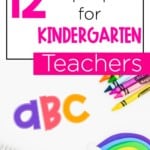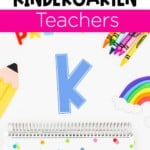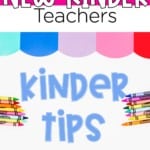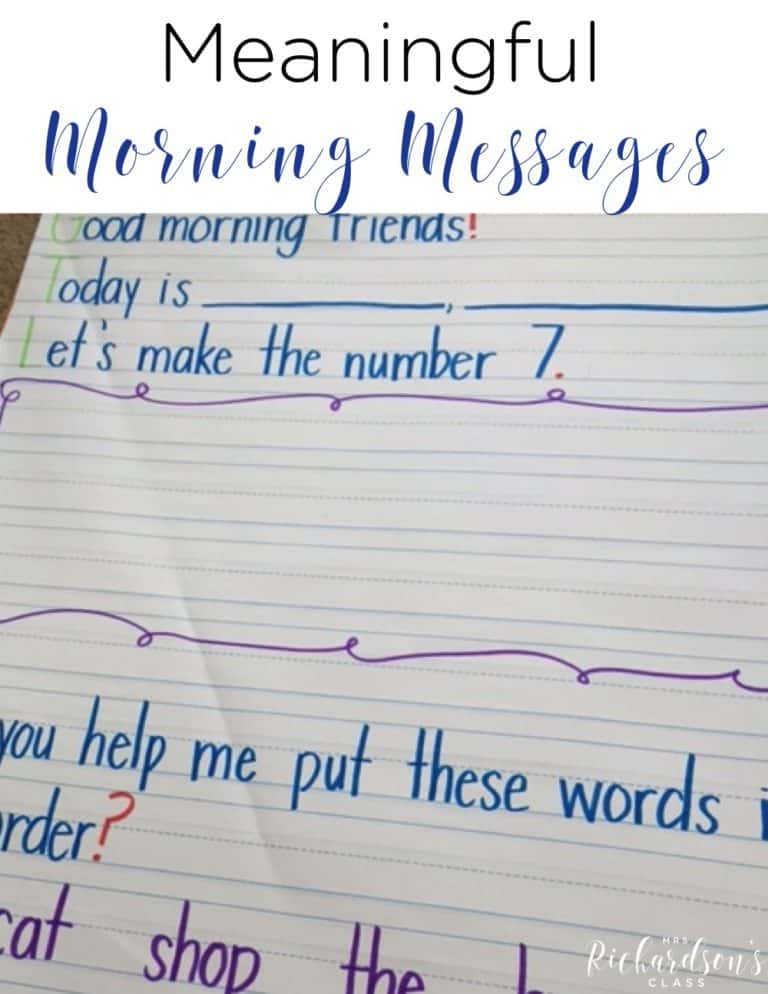

Preparing for the school year as first year kindergarten teacher can be overwhelming. I was told that many veteran teachers wish they could go back and apologize to their first class when they look back on their first year teaching. I don’t want that to be you!
Not only are you brand new, but so are the students and many parents. As the teacher, you get the opportunity to introduce many families to their first experience at school. What an exciting time!
I want to share my top tips for first year kindergarten teachers. I know there are many checklists and what to expect posts out there, but I wanted to share some tips that go a little deeper. Tips that will help you, your students, and the parents of your students. Many of these tips have links to free downloads for you, too!
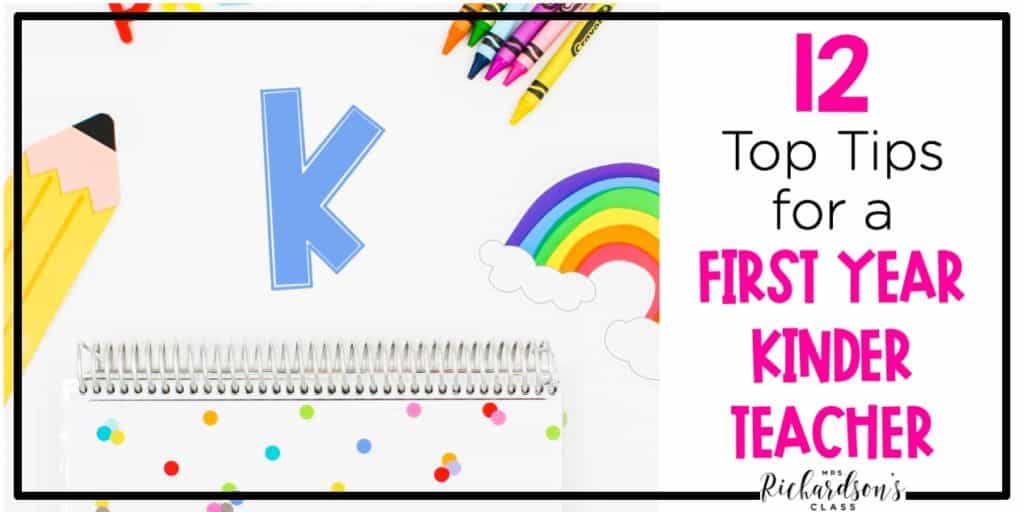
There are a ton of lists of things to prepare kids for kindergarten, but we also need to prepare parents. We need to teach them what to expect, how to support their children, and what goes on at school. My best tip for preparing parents is to communicate. Maybe even over-communicate! Send home weekly newsletters, text-reminders, and emails to help everyone stay informed.
You can find more ways to help prepare parents for kindergarten in THIS POST.
One thing I quickly learned as a first-year kindergarten teacher is to equip parents with reading tips at home. To make this simple for parents, I sent home an organized packet of reading tips, literacy manipulatives, and reading strategy tips. This really helped boost reading at home!
You can read more about this in THIS POST. It also has quite a few free FREEBIES!
Name activities in kindergarten have so many benefits and give you opportunities to teach other things with them.
Head to THIS POST to find 5 FREE name activities that are perfect for kindergarten. You can use them in a whole group setting, literacy stations, word work, or intervention time.
When the herd of five and six-year-olds enters your classroom, you want to be prepared. At first, I created a morning routine that looked great on paper, but it was just too complicated. I switched to a routine that gave me time to get organized, go through folders, and allowed students to be autonomous upon arrival.
You can find my routine in THIS POST where I shared exactly what I did that worked well for my classroom.
For most kindergarten students, writer’s workshop is their first time to sit and write for an extended amount of time. One way I loved to keep them engaged in writing and offer them choices in their work was to provide a variety of paper and writing utensils. You can offer things like:
Young writers love having options for their masterpieces! You can find more writer’s workshop tips for kindergarten in THIS POST.
Meet with several students each day so you can see everyone in a week. Start your conference with, “What are you working on today as an author?” to see where they are and what their goals are. Second, I would tell them something positive about their writing. It would probably be a previous teaching point I noticed they implemented.
Finally, I would say, “Can I show you another thing writers do?” and teach them something new. This was something I didn’t know about as a first year kindergarten teacher. Conferring gives you an in-depth look at students writing and thinking.
THIS POST will walk you through exactly what a kindergarten writer’s workshop time looks like.
As a kindergarten teacher, there will be a ton of things you want to purchase. Create a list of must-have supplies and resources for your classroom to help keep you on track to purchase what you really need. One of my favorite less obvious items would have to be a date stamp!
See the other items I’d have on my kindergarten classroom wish list in THIS POST.
The science of reading may be a scary word for some teachers, but don’t worry! You can start taking small steps towards implementing the science of reading that have a big impact on your readers and writers! From emphasizing vocabulary to decodable passages and changing how you assess reading, you can easily take baby steps toward making great changes!
I’ll show you six ways you can easily start bringing the science of reading to your classroom in THIS POST as well as another freebie!
Knowing what to teach in reading small groups at every skill level, even pre-readers, is important. Students need to be supported where they are and start reaching towards that next skill in their phonics progression or reading skill progression. The FREE Guide to Reading Small Groups for grades kinder through third will show you exactly:
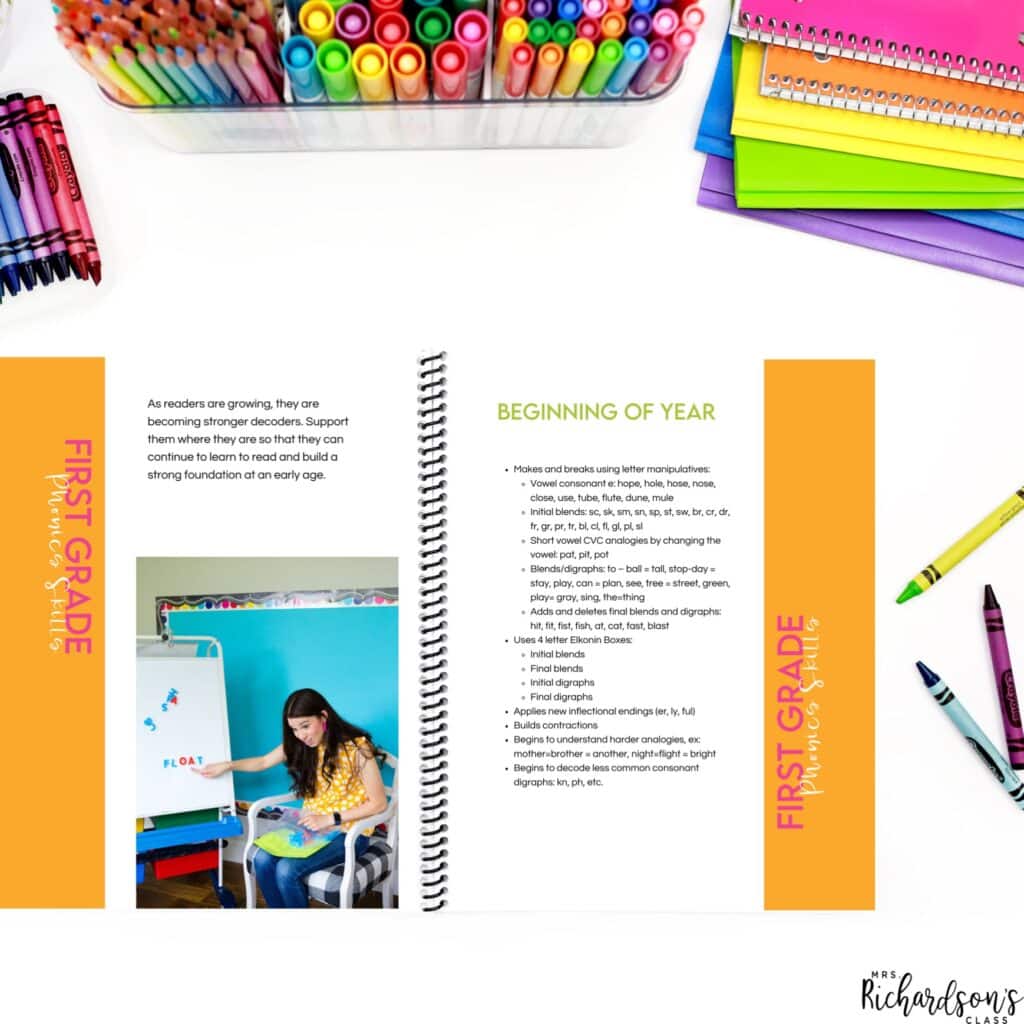
You can grab the guide in THIS POST!
Kindergarteners can sometimes take a while to learn how to work independently. Teachers are often interrupted and distracted. To help stay on track during small groups, try using a timer. I liked to set three timers for each group when I felt I needed to reset myself:
Timers are your friend!
Integrating science and literacy and can create more time (or save you time!) in your busy schedule. This will also reinforce newly learned science standards throughout the day. It’s super easy to do, too! You can squeeze science into:
I show you exactly how to do this in THIS POST.
Games in kindergarten are always a hit! But don’t feel like you have to scour through Pinterest for hours to find the latest and greatest sight word game. You can use what you already have! It’s simple … you can use just about any game you have and add sight word cards or write sight words onto pieces.
I’ll show you how in THIS POST! Plus, grab the FREEBIE that has all of the directions for 6 common games in one spot.
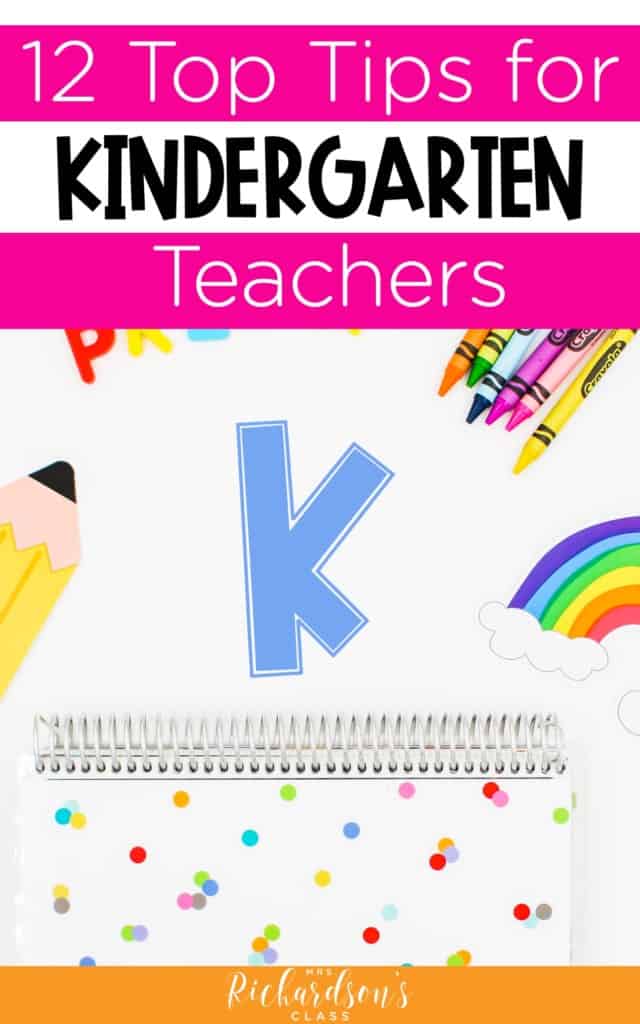
pin it
You will love your first year as a kindergarten teacher. Use these top tips to help it be a strong, effective year as you build relationships, create a community, and educate these young learners.

Want to use the latest research to boost your readers during small groups? This FREE guide is packed with engaging ideas to help them grow!

I’m a K-1 teacher who is passionate about making lessons your students love and that are easy to implement for teachers. Helping teachers like you navigate their way through their literacy block brings me great joy. I am a lifelong learner who loves staying on top of current literacy learning and practices. Here, you’ll find the tools you need to move your K-2 students forward!
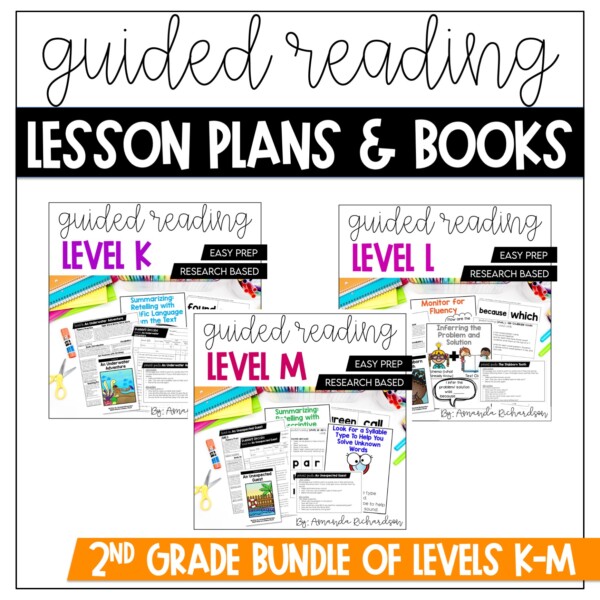


| Cookie | Duration | Description |
|---|---|---|
| cookielawinfo-checkbox-analytics | 11 months | This cookie is set by GDPR Cookie Consent plugin. The cookie is used to store the user consent for the cookies in the category "Analytics". |
| cookielawinfo-checkbox-functional | 11 months | The cookie is set by GDPR cookie consent to record the user consent for the cookies in the category "Functional". |
| cookielawinfo-checkbox-necessary | 11 months | This cookie is set by GDPR Cookie Consent plugin. The cookies is used to store the user consent for the cookies in the category "Necessary". |
| cookielawinfo-checkbox-others | 11 months | This cookie is set by GDPR Cookie Consent plugin. The cookie is used to store the user consent for the cookies in the category "Other. |
| cookielawinfo-checkbox-performance | 11 months | This cookie is set by GDPR Cookie Consent plugin. The cookie is used to store the user consent for the cookies in the category "Performance". |
| viewed_cookie_policy | 11 months | The cookie is set by the GDPR Cookie Consent plugin and is used to store whether or not user has consented to the use of cookies. It does not store any personal data. |
